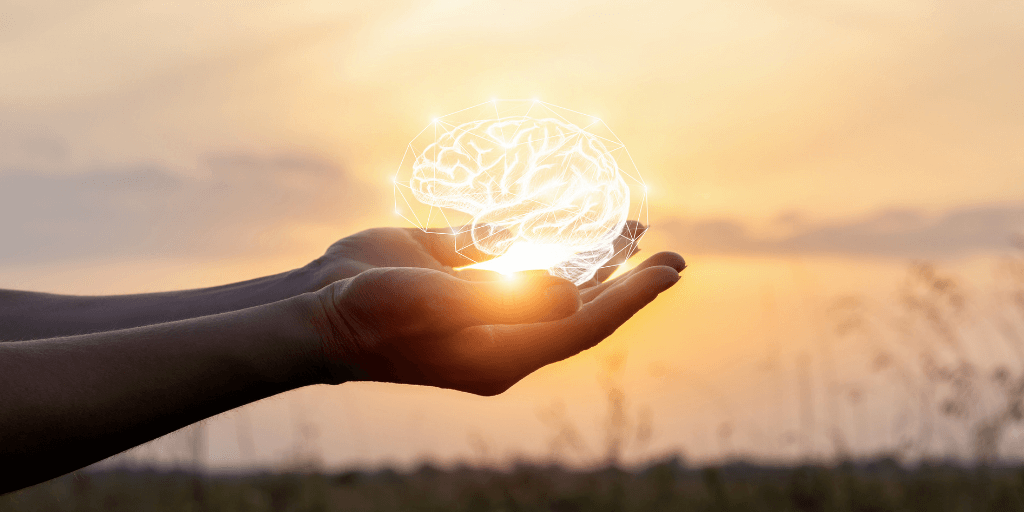
The Social Synapse – The fusion of brain and relationship
This blog post was written by Dr. Joe Tucci,
CEO at The Australian Childhood Foundation.
“…When we interact, we are impacting each other’s internal biological state and influencing the long term construction of each other’s brains. This, in essence, is how loves becomes flesh… ”
Lou Cozolino, The Neuroscience of Human Relationships (2013)
Lou Cozolino is one of those speakers and authors who brings together the knowledge of neuroscience and the wisdom of practice experience to be able to consider what it means to be human. He is simultaneously entertaining and thoughtful.
For Lou, neuroscience is a powerful resource that helps to explain behavior and provide insight into how patterns of being and interacting emerge in individuals and communities. His real skill is the way he uses it also as a reservoir of metaphors that get us thinking about what happens between us and within us.
At a very granular level, our brains are connected networks of neurons that function with pattern and rhythm across structures that we often treat as monolithic – the amygdala does this, the hippocampus is responsible for that – when this is not really the case. The space between each neuron – the synapse – is where it all happens. It is a pool of chemical substances that transmits information from one neuron to the next and stimulates what Cozolino says is the impetus for neurons to survive, grow and be sculpted by experience.
In one of his earliest books, The Neuroscience of Human Relationships, he challenges us to think about the synapse as being replicated in the social sphere.
“When it comes right down to it, doesn’t communication between people consist of the same building blocks? When we smile, wave, and say hello, these behaviours are sent through the space between us. These messages are received by our senses and converted into chemical signals within our nervous systems…which generate…new behaviours that, in turn, transmit messages back across the social synapse. The social synapse is the space between us – a space filled with seen and unseen messages and the medium through which we are combined into larger organisms such as families, tribes, societies and the human species as a whole…”
For Cozolino, as it has been for me, the world of relationships is the natural habitat of our brains. In our experience of each other in culture, our brains find comfort, attention, and connectivity.
We live in the world of subjective experience that is way beyond our conscious awareness occurring at intense speeds drawing backwards and forwards from experience, embodied cultural interpretations and somatosensory activations to determine our responses to those that come into our sphere of interactions. It is not only adults who operate with these fine distinctions and capacities.
I see it in children as they approach an unfamiliar person in their world. They stop with what we say is a wide eyed curiosity – which in reality is a minute micro receptiveness of the other’s eye movements, head tilt, odour, tone of voice, posture, gaze and a range of other sensory data – before moving back and away or moving forward testing further the safety of what they perceive.
This process is mimicked by the observing parent who is scanning the other for the same inputs, sharing with their child a motivation to evaluate any early signs of danger that they may need to quickly attend to in order to protect their infant. This is the magic of attunement when protectiveness is valued in the interaction. It is painful and traumatic when neglect and violence over-rides the capacities of parent and child to be safe and feel safe.
As practitioners, it remains our central purpose to learn more and more about how the brain-body interacts with the social environment to engage in relationships which are resource-full and laden with the intimacy of inherent safety that is often the foundation of healing.
Lou Cozolino has much to offer us as a field. His insights into the social brain – how it is constituted, how and why it has evolved, how it functions – are important for those of us who share an interest in knowing as much as we can in order to support those who have been affected by trauma and impoverished relational patterns.
Lou Cozolino is an American psychologist and professor of psychology at Pepperdine University. He holds degrees in philosophy from the State University of New York at Stony Brook, theology from Harvard University, and a Ph.D. in clinical psychology from UCLA.
He has conducted empirical research in schizophrenia, the long-term impact of stress, and child abuse. He is the author of seven books The Neuroscience of Psychotherapy, The Social Neuroscience of Education, The Neuroscience of Human Relationships, Timeless, Attachment-Based Teaching, The Making of a Therapist, and Why Therapy Works.
He will be in Australia running workshops with us in August. You can find out more and register by clicking here!
